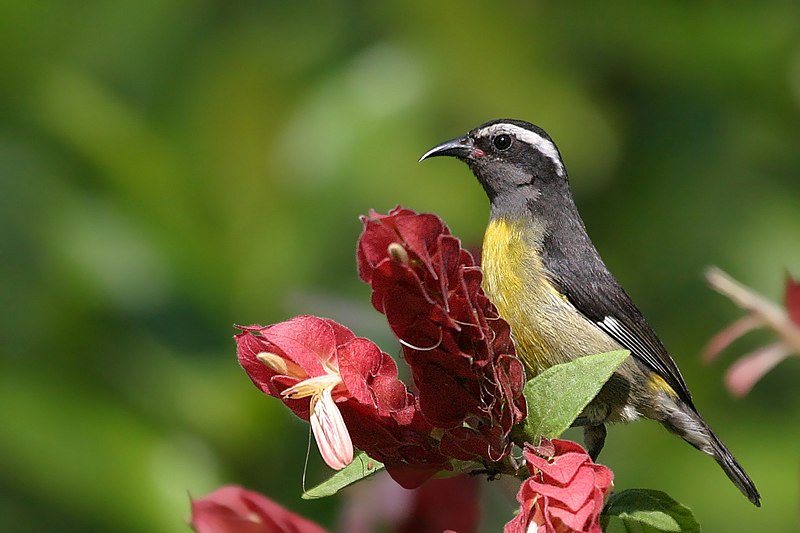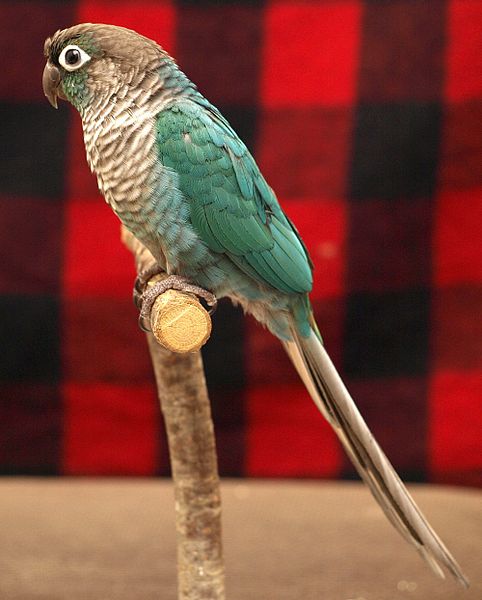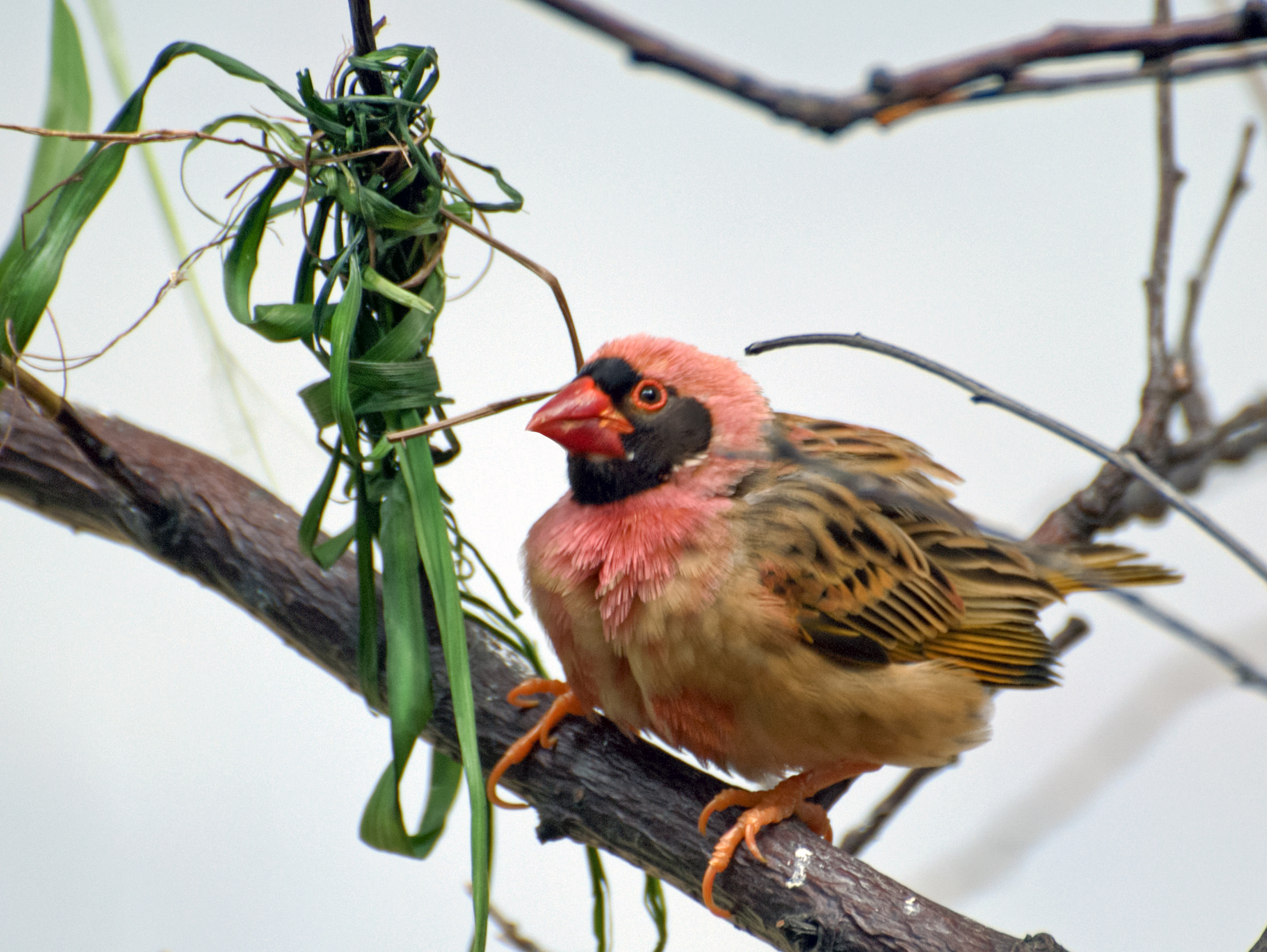 A bold, “trusting” demeanor and strikingly-beautiful plumage has rendered the Bananaquit (Coereba flaveola) a popular bird both in and out of captivity. Throughout its range, hotels and restaurants attract these little dynamos with bowls of sugar water, much to the delight of their patrons. Bananaquits provided me with an excellent introduction to softbill-keeping when I began working for bird importers and zoos, and they remain a hardy favorite of aviculturists worldwide.
A bold, “trusting” demeanor and strikingly-beautiful plumage has rendered the Bananaquit (Coereba flaveola) a popular bird both in and out of captivity. Throughout its range, hotels and restaurants attract these little dynamos with bowls of sugar water, much to the delight of their patrons. Bananaquits provided me with an excellent introduction to softbill-keeping when I began working for bird importers and zoos, and they remain a hardy favorite of aviculturists worldwide.
Description
Forty-one Bananaquit subspecies (an avian record?) have been described. Most are gray to black above and sport brilliant yellow under-parts (somewhat paler in most females) and a striking white eye streak. The down-curving bill, specialized for harvesting nectar, is long and sharp. Read More »
 That Bird Blog – Bird Care and History for Pet Birds
That Bird Blog – Bird Care and History for Pet Birds



